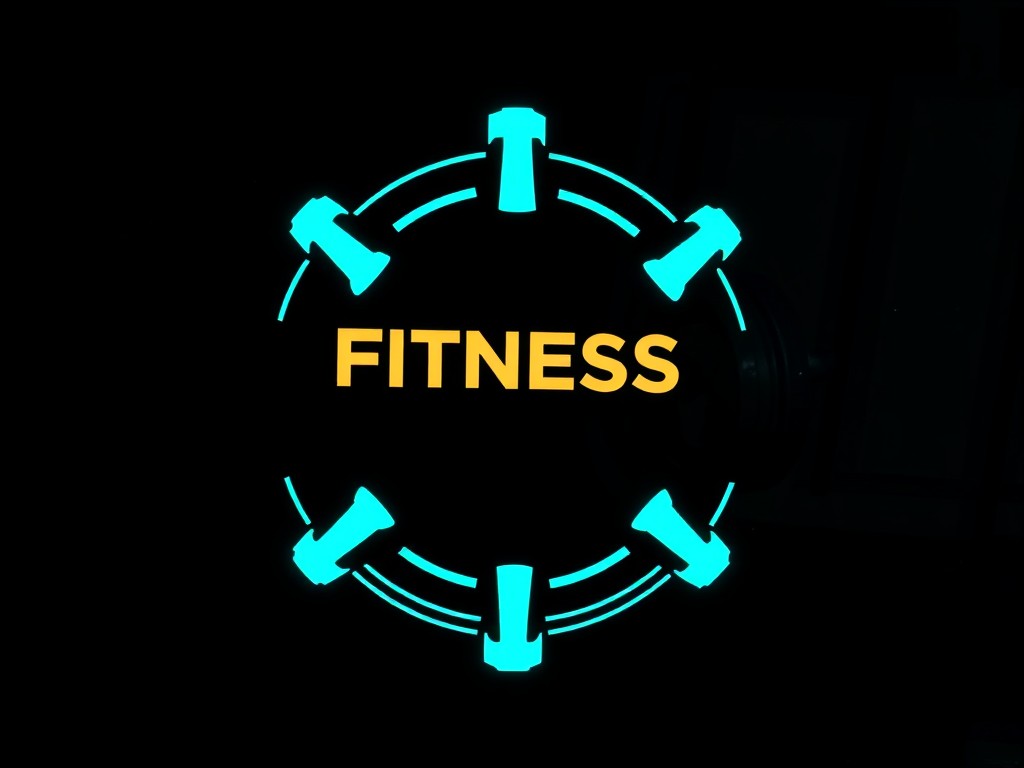As baseball players, you know that the pre-game warm-up is an essential part of the game. It is the precursor to a successful performance on the field, a time to wake the body up, get the blood flowing, and prepare the mind for the task at hand. This ritual is especially true for pitchers, whose roles require a fine harmony between power and precision. However, the question often arises, "How does one structure an effective pre-game warm-up?" This article will guide you through the steps necessary to design a warm-up routine that will help you, the pitcher, be ready to throw your best game.
Understanding the Purpose of Warm-up Drills
Warming up before a baseball game serves more than just a ritual or tradition. It has a physiological dimension that directly affects your performance on the field. This section aims to elucidate the importance of conducting proper warm-up drills and how they contribute to the enhancement of your game.
In the same genre : What are the most effective footwork drills for squash players?
Muscles respond best to stress when they are warm. A warm muscle is more flexible, contracts more efficiently, and is less prone to injury. A structured warm-up routine gets your blood circulating, raises your body temperature and preps your muscles for the game’s physical demands. Moreover, warming up isn’t restricted to physical readiness; it’s a time when you, as players, mentally prepare yourselves, focusing on the game’s strategy and visualizing your role in the game.
Pitchers, in particular, stand to gain from a well-structured warm-up routine. Throwing a baseball is a complex motion that engages multiple body parts. The arm, shoulder, and wrist provide the throw’s power, while the torso, hips, and legs provide stability. Without a proper warm-up, these body parts might not work as harmoniously, affecting the throw’s quality and potentially leading to injury.
Have you seen this : What are the most effective footwork drills for squash players?
Components of a Pre-Game Warm-up
A well-structured pre-game warm-up consists of several components, each designed to prepare you for the game ahead. These elements include general warm-up, stretching, specific warm-up, and mental preparation.
General Warm-Up
The general warm-up aims to increase your body temperature and get your blood flowing. It consists of light aerobic activity such as jogging, skipping, or cycling. This initial phase should last about 10-15 minutes and should leave you feeling warm and slightly out of breath.
Stretching
Following the general warm-up, it’s time to stretch. Stretching increases the flexibility of your muscles and joints, improving their range of motion and reducing the risk of injury. Focus on the areas most involved in the pitching process, including the shoulder, wrist, forearm, and lower body.
Remember, though, to avoid static stretches (where you hold the stretch for an extended period) before the game. These types of stretches can reduce muscle strength and power. Instead, opt for dynamic stretches that involve movement, such as arm circles or leg swings.
Specific Warm-Up
This part of the warm-up is tailored towards the specific movements you will be performing during the game – in this case, pitching. This stage will involve throwing drills, starting with light tosses and gradually increasing intensity. This practice will allow your arm to get used to the throwing motion and prepare it for the high-speed throws during the game.
Mental Preparation
Finally, while your body is getting warmed up, you should also prepare your mind. Visualize your pitches, going through each one in your mind. Concentrate on your strategy for the game and mentally rehearse it. This mental preparation can help improve concentration and confidence during the game.
Designing a Warm-Up Routine
Designing a warm-up routine requires understanding your body, your role as a pitcher, and the demands of the game. It’s not a one-size-fits-all process – what works for one player might not work for another.
Start with a general warm-up, followed by dynamic stretching exercises. Then, move on to specific warm-up drills that mimic the movements you’ll be making during the game. Audio and video tools can be a great asset during this phase. Recording your throwing drills and reviewing them helps identify areas of improvement.
As a pitcher, your arm is your most critical asset. Hence, arm care should be a significant part of your warm-up routine. Long toss is a popular drill among pitchers. It involves throwing the ball over an increasing distance, thereby warming up the arm and improving throwing power.
Pre-Game Warm-up: A Matter of Time
A common question among players is, "how long should my pre-game warm-up last?" The answer varies from player to player. Some pitchers need a longer time to get their body ready for the game, while others might feel ready after a shorter warm-up. The key is to listen to your body and figure out what works best for you.
However, a good rule of thumb is to start your warm-up about an hour before the game. This gives you ample time to go through all the warm-up components and prepare yourself mentally without feeling rushed.
Remember, a well-execined warm-up routine is your first step towards a successful game. Listen to your body, understand its needs, and tailor your warm-up routine to meet those needs. This attention to detail will help enhance your performance and longevity as a baseball pitcher.
Integrating Skill Building into Your Warm-up
Warming up isn’t only about getting the body ready for the task ahead, but also serves as a great opportunity for skill building. As a baseball pitcher, working on your skills should be an integral part of your warm-up routine.
Start with playing catch – the most fundamental activity in baseball. This drill not only warms up your arm but also helps improve your throwing accuracy. Start off with short throws and gradually increase the distance as your arm gets more warmed up.
Next, incorporate ground balls into your routine. Even though pitchers are not typically the ones to field ground balls during the game, this drill can improve your overall agility, reaction time, and hand-eye coordination.
Also, consider practicing batting. While hitting isn’t a primary role for pitchers, especially in high school or professional leagues, practicing batting can warm up different muscle groups and improve your overall understanding of the game.
Finally, don’t forget base running. This drill often gets overlooked by pitchers, but it is essential in enhancing your speed, agility, and cardiovascular endurance.
The key is to ensure that these drills are dynamic and mimic the actual game situations. This will help activate your nervous system and get your body ready for the game.
Pre-Practice and Game Routine
While a good warm-up is essential, it is also crucial to develop a consistent pre-practice and game routine. This routine involves the activities you engage in leading up to the warm-up and can have a profound effect on your mindset and performance during the game.
For instance, part of your routine could be reviewing your practice plans or game strategy. This not only helps you prepare mentally but also ensures you are clear on your role and what is expected of you during the game.
Another aspect could be staying updated with the latest sports news or watching videos of successful pitchers. This can inspire you and provide useful tips that you can incorporate into your own game.
Moreover, ensure you are properly nourished and hydrated before the game. Eating a light meal a few hours before the game and staying hydrated can provide you with the necessary energy and prevent cramps during the game.
Conclusion
Overall, structuring a pre-game warm-up for a baseball pitcher involves more than just a few stretches and throws. It is about comprehensive preparation – both physical and mental – that starts well before the game. It involves a general warm-up, dynamic stretching, skill-building drills, and a consistent pre-practice and game routine.
Remember, there is no one-size-fits-all approach to this. What works best for one player might not necessarily be as effective for another. Therefore, it is crucial to listen to your body, understand its needs and responses, and tailor your warm-up routine accordingly.
Moreover, the warm-up should not be rushed. Ideally, it should start about an hour before the game, giving you ample time to go through all the components without feeling rushed.
Finally, keep in mind that an effective warm-up routine can enhance your performance, reduce the risk of injury, and contribute to your longevity as a baseball pitcher. Therefore, it is worth investing the time and effort in designing and implementing a structured warm-up routine that works best for you.











